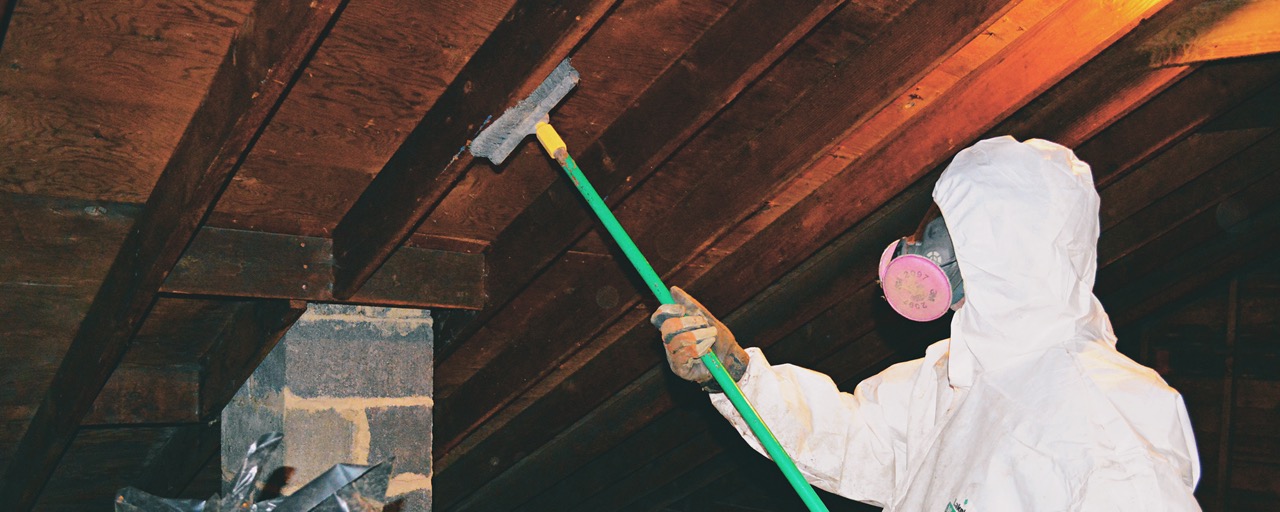

Articles
How Much Does Mold Removal Cost In Attic
Modified: December 7, 2023
Find out the average cost of removing mold from your attic in this informative article. Discover effective methods and factors that can impact the price.
(Many of the links in this article redirect to a specific reviewed product. Your purchase of these products through affiliate links helps to generate commission for Storables.com, at no extra cost. Learn more)
Introduction
Mold can be a common problem in attics, and it’s important to address it promptly to prevent further damage and potential health risks. When it comes to mold removal in the attic, many homeowners are concerned about the cost involved. Mold removal costs can vary depending on a variety of factors, such as the extent of the infestation, the size of the attic, and the type of mold present. In this article, we will explore the factors that can affect the cost of mold removal in the attic and provide insights on how to evaluate the extent of mold infestation. We will also discuss the options of hiring professional mold removal services and DIY mold removal methods, as well as the costs of mold testing and inspection.
Key Takeaways:
- Mold removal costs in the attic can vary based on factors like extent of infestation, type of mold, and attic size. Professional services offer expertise, safety, and long-term prevention, outweighing DIY costs.
- Evaluating the extent of mold infestation, considering professional services, and factoring in additional costs are crucial for informed decisions in attic mold removal. Prioritize health and safety for effective removal.
Factors Affecting Mold Removal Cost in Attic
There are several key factors that can influence the cost of mold removal in the attic. Understanding these factors can help homeowners anticipate the expenses involved and make informed decisions. Here are some of the major factors affecting the mold removal cost in the attic:
- Extent of Mold Infestation: The extent of the mold infestation is a significant factor in determining the cost of removal. If the mold growth is limited to a small area, the cost will likely be lower. However, if the mold has spread extensively throughout the attic, remediation costs will likely increase.
- Type of Mold: Different types of molds require various removal methods and materials. Some molds are more challenging to remove and may require specialized equipment and techniques, which can increase the overall cost of the removal process.
- Size of the Attic: The size of the attic plays a role in determining the cost of mold removal. Larger attics will require more time and resources to remediate, which can result in higher costs.
- Accessibility: The accessibility of the attic is another factor to consider. If the attic is difficult to access or requires additional measures to ensure worker safety, such as the installation of scaffolding or containment barriers, the cost of removal may be higher.
- Extent of Damage: Mold growth in the attic can cause damage to the insulation, wooden structures, and other materials. If the mold has caused significant damage, additional repairs or replacements may be necessary, which can increase the overall cost.
- Location: The location of the property can also affect the cost of mold removal. Costs can vary depending on the region, local market conditions, and the availability of mold remediation professionals.
- Additional Factors: Other factors that may influence the cost of mold removal include the presence of moisture problems, the need for air quality testing, and any required post-remediation measures to prevent future mold growth.
It’s important to note that the cost of mold removal can vary significantly depending on these factors. Therefore, it is advisable to consult with mold remediation professionals to assess the specific situation and obtain accurate cost estimates for the attic mold removal project.
Evaluating the Extent of Mold Infestation
Before proceeding with mold removal in the attic, it is crucial to evaluate the extent of the mold infestation. This assessment will help determine the appropriate course of action and provide an estimate of the costs involved. Here are some steps to evaluate the extent of mold infestation in your attic:
- Visual Inspection: Start by conducting a visual inspection of the attic. Look for visible signs of mold growth, such as discoloration, black spots, or fuzzy patches on surfaces. Pay close attention to areas with high moisture levels or water damage, such as around windows, roof leaks, or improperly vented bathrooms.
- Odor Detection: Mold often produces a musty odor. If you notice a persistent musty smell in your attic, it could be an indication of mold growth.
- Moisture Assessment: Mold requires moisture to thrive. Check for any signs of moisture or water intrusions in the attic, such as damp spots, water stains, or condensation on surfaces. Addressing the source of moisture is crucial to prevent future mold growth.
- Testing and Sampling: In some cases, it may be necessary to conduct mold testing and sampling to determine the extent of the infestation and identify the specific type of mold present. Professional mold remediation companies can perform air quality tests or take swab or tape samples for laboratory analysis.
- Consultation with Experts: If you are unsure about the extent of the mold infestation or need assistance in evaluating the situation, it is advisable to seek guidance from mold remediation professionals. They have the expertise and tools to assess the mold problem accurately.
By thoroughly evaluating the extent of the mold infestation in your attic, you will be able to make informed decisions regarding the appropriate course of action and the associated costs. Keep in mind that accurate evaluation is crucial to ensure effective mold removal and prevent the mold from regrowing in the future.
Hiring Professional Mold Removal Services
When dealing with mold removal in the attic, hiring professional mold remediation services can ensure a thorough and effective removal process. While hiring professionals may come at a higher cost compared to DIY methods, it offers several benefits that make it worth considering. Here are some reasons why hiring professional mold removal services is advantageous:
- Expertise and Experience: Professional mold remediation companies have the necessary expertise, knowledge, and experience to handle mold infestations effectively. They are trained in proper mold removal techniques, have access to specialized equipment, and can ensure the proper containment and disposal of mold-infested materials.
- Safe and Proper Removal: Mold can pose potential health risks when disturbed or improperly handled. Professionals follow safety protocols to protect themselves and the occupants of the property during the removal process. They can mitigate the risks associated with mold exposure and ensure safe removal and disposal of contaminated materials.
- Efficient and Timely Completion: Professional mold removal services can complete the job more efficiently and in a timely manner. They have a team of trained professionals and the necessary tools and equipment to expedite the process, minimizing disruption to your daily routine.
- Identifying Underlying Issues: Mold growth is often a symptom of underlying moisture problems, such as leaks or inadequate ventilation. Professional remediation services can help identify and address these issues, preventing future mold growth and associated costs.
- Insurance Coverage: Some homeowner’s insurance policies cover mold damage and remediation costs. Hiring professional services can help you navigate the insurance process and ensure maximum coverage for the mold removal project.
- Warranty and Guarantees: Many professional mold remediation companies provide warranties and guarantees for their services. This provides peace of mind knowing that they stand by their work and will address any issues that may arise after the removal process.
While professional mold removal services may come at a higher cost, the advantages they offer in terms of expertise, safety, efficiency, and long-term prevention outweigh the upfront expenses. To ensure the best results, it is recommended to research and hire reputable and certified mold remediation companies that can provide a comprehensive solution to your attic mold problem.
DIY Mold Removal Methods
If you prefer a more hands-on approach or have a smaller mold problem in your attic, you may consider tackling the mold removal yourself. DIY mold removal can be cost-effective, but it is essential to take proper precautions to ensure your safety and achieve effective results. Here are some DIY mold removal methods to consider:
- Protective Gear: Before starting the mold removal process, ensure you have the appropriate protective gear. This includes gloves, goggles, and a mask or respirator to prevent inhalation of mold spores.
- Mold Cleaning Solutions: Choose a cleaning solution appropriate for the type of surface you are treating and the severity of the mold infestation. Common options include a mixture of water and detergent, vinegar, hydrogen peroxide, or a commercial mold cleaner. Apply the solution to the affected area and scrub gently using a brush or sponge.
- Mold Removal Techniques: Depending on the surface, you may need to scrape, sand, or use other cleaning techniques to remove stubborn mold growth. Ensure proper ventilation during the process to minimize exposure to mold spores.
- Drying and Moisture Control: After removing the mold, it is essential to address the underlying moisture issue to prevent future mold growth. Repair leaks, improve ventilation, and use dehumidifiers or fans to reduce humidity levels in the attic.
- Disposal: Properly dispose of any materials contaminated with mold, such as disposable cleaning items or mold-infested materials that cannot be salvaged. Seal them in plastic bags before disposing of them to prevent further contamination.
- Monitor and Prevent: Regularly monitor your attic for any signs of recurring mold growth. Maintain good ventilation to keep humidity levels low, and promptly address any water leaks or moisture issues.
While DIY mold removal can be effective for small and straightforward cases, it is important to note that certain situations are best left to professionals. If the mold infestation is extensive, if you have underlying moisture issues or if you experience recurring mold growth, it is advisable to consult with a mold remediation specialist to ensure comprehensive removal and prevention.
The cost of mold removal in an attic can vary depending on the extent of the mold growth and the size of the attic. On average, the cost can range from $500 to $6000. It’s important to get multiple quotes from professional mold removal companies to ensure you are getting a fair price.
Costs of Mold Testing and Inspection
Before initiating mold removal in your attic, it is often recommended to conduct mold testing and inspection. This process helps determine the presence of mold, its type, and the extent of the infestation. Mold testing and inspection costs can vary depending on various factors. Here are some factors to consider and the associated costs involved:
- Type of Testing: The type of mold testing you choose will impact the overall cost. The most common types of testing include air sampling, surface sampling, and bulk sampling. Air sampling involves collecting air samples to analyze the concentration of mold spores in the air. Surface sampling collects samples from surfaces with suspected mold growth, and bulk sampling takes samples of materials or building components. Each type of testing has its own associated costs.
- Number of Samples: The number of samples taken during testing also affects the cost. The more samples collected, the higher the overall cost will be.
- Laboratory Fees: After collecting the samples, they need to be sent to a certified laboratory for analysis. Laboratory fees vary depending on factors such as the number of samples, the type of analysis required, and the laboratory itself.
- Additional Services: Sometimes, further testing or analysis may be necessary to determine specific factors related to mold growth, such as the presence of harmful mycotoxins or hidden mold behind walls or other structures. These additional services may incur extra costs.
- Inspection Services: In addition to testing, many homeowners choose to have a professional mold inspector evaluate the attic. The cost of inspection services can vary based on the size of the attic, location, and additional factors such as the complexity of the inspection and the inspector’s qualifications and experience.
It’s important to note that mold testing and inspection costs can range from a few hundred dollars to several thousand, depending on the scope of the assessment and the services required. It is advisable to obtain multiple quotes from reputable mold testing and inspection companies to ensure a fair and accurate assessment of the costs involved.
Costs of Mold Removal Procedures
The cost of mold removal in the attic can vary depending on several factors, including the extent of the mold infestation and the specific removal procedures required. Here are some of the common mold removal procedures and their associated costs to consider:
- Containment and Protection: Before starting the mold removal process, containment measures must be implemented to prevent the spread of mold spores to other areas of the home. This could include the installation of plastic barriers, negative air pressure systems, and containment chambers. The cost of containment materials and equipment can range from a few hundred to a few thousand dollars.
- Removal of Contaminated Materials: Depending on the severity of the mold infestation, it may be necessary to remove and dispose of mold-contaminated materials, such as insulation, drywall, or wooden structures. The cost of material removal can vary based on the quantity and size of the affected materials.
- Cleaning and Disinfection: After removing the contaminated materials, the attic needs to be thoroughly cleaned and disinfected to eliminate any remaining mold spores. The cost of cleaning supplies and disinfectants can vary depending on the size of the attic and the severity of the infestation.
- HEPA Air Filtration: Using high-efficiency particulate air (HEPA) filtration systems during the mold removal process can help capture mold spores in the air and improve air quality. The cost of renting or purchasing HEPA filtration equipment can vary depending on the duration of use and the size of the attic.
- Post-Remediation Testing: After completing the mold removal procedures, it is advisable to conduct post-remediation testing to ensure that the attic is free from mold and has a healthy air quality. The cost of post-remediation testing will depend on the type and number of tests conducted.
The costs of mold removal procedures can range from a few hundred to several thousand dollars, depending on the size of the attic, the severity of the infestation, and the specific requirements of the removal process. It is essential to consult with mold remediation professionals to assess your attic’s specific situation and obtain accurate cost estimates for the removal procedures required.
Additional Costs and Considerations
When dealing with mold removal in the attic, there are some additional costs and considerations to keep in mind. These can impact the overall cost and successful completion of the mold removal project. Here are some important factors to consider:
- Repairs and Replacements: In some cases, mold growth in the attic may have caused damage to structural components, insulation, or other materials. The cost of repairing or replacing these damaged items needs to be factored into the overall cost of the project.
- Preventive Measures: Taking preventive measures to prevent future mold growth is crucial. This may include improving ventilation, addressing moisture issues, insulating the attic, or installing a dehumidifier. The cost of these preventive measures should be considered to ensure long-term mold prevention.
- Insurance Coverage: Check if your homeowner’s insurance policy covers mold damage and remediation costs. Review the policy details, requirements, and limits to determine if you can claim any of the mold removal costs.
- Additional Testing: Depending on the circumstances, additional testing or inspections may be necessary. For example, if the attic has had a history of mold problems or if there are suspicions of hidden mold, thermal imaging or wall cavity inspections may be required. These additional tests can add to the overall cost.
- Professional Consultation: It is advisable to consult with mold remediation professionals to assess the specific situation, obtain accurate cost estimates, and ensure the proper remediation of the attic. Their expertise and guidance can help ensure the success of the project and save you from potential expensive mistakes.
Remember that every mold removal project is unique, and the costs can vary depending on the specific factors mentioned above. It is important to consider these additional costs and factors when planning your mold removal project in the attic. By doing so, you can ensure that all necessary steps are taken to properly remediate the mold and prevent future problems.
Conclusion
Mold removal in the attic is a crucial step in maintaining a healthy home environment. While the cost of mold removal can vary depending on various factors, it is essential to address the issue promptly to prevent further damage and potential health risks. Understanding the factors that affect the cost of mold removal, evaluating the extent of the infestation, and considering the available options are key in making informed decisions.
Hiring professional mold removal services can provide several advantages, including expertise, safety, efficiency, and long-term prevention. While it may come at a higher cost, the benefits of professional intervention outweigh the initial expenses, especially in cases of extensive mold growth or underlying moisture problems.
For those who prefer a hands-on approach, DIY mold removal can be a cost-effective option for smaller mold problems. However, it is crucial to follow proper safety precautions, use appropriate cleaning methods and materials, and address underlying moisture issues to ensure effective removal and prevent future mold growth.
In addition to the costs of mold removal procedures, it is important to consider other factors such as repairs, preventive measures, insurance coverage, and additional testing. These factors can impact the overall cost and success of your mold removal project.
In conclusion, addressing mold issues in the attic requires careful consideration of various factors, including the extent of the infestation, the type of mold present, and the specific removal procedures required. Whether you choose to hire professional services or tackle the removal yourself, it is important to prioritize the health and safety of your household. By taking proactive measures and seeking professional advice when needed, you can effectively remove mold from your attic and create a healthier living environment for you and your family.
Frequently Asked Questions about How Much Does Mold Removal Cost In Attic
Was this page helpful?
At Storables.com, we guarantee accurate and reliable information. Our content, validated by Expert Board Contributors, is crafted following stringent Editorial Policies. We're committed to providing you with well-researched, expert-backed insights for all your informational needs.
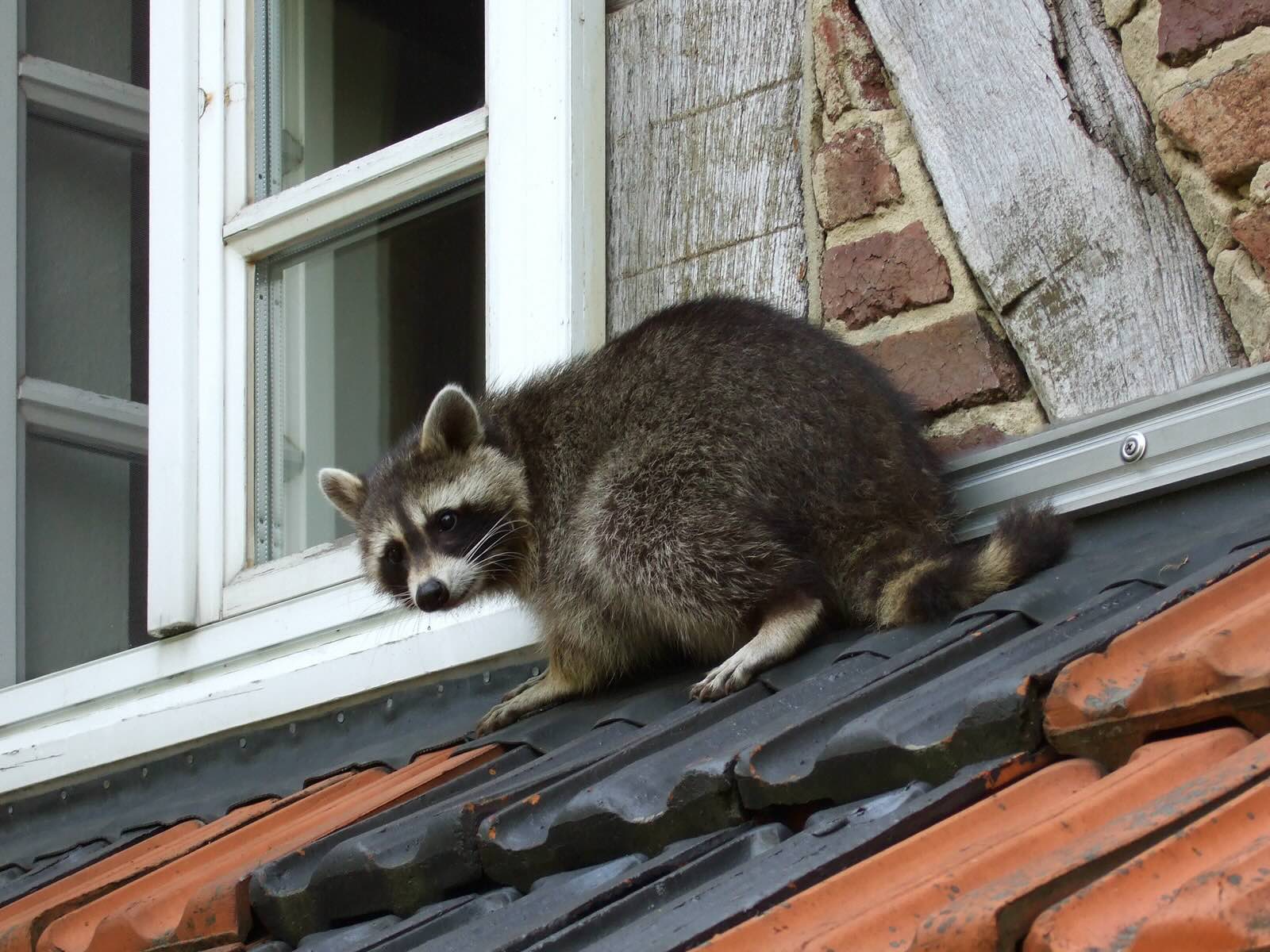
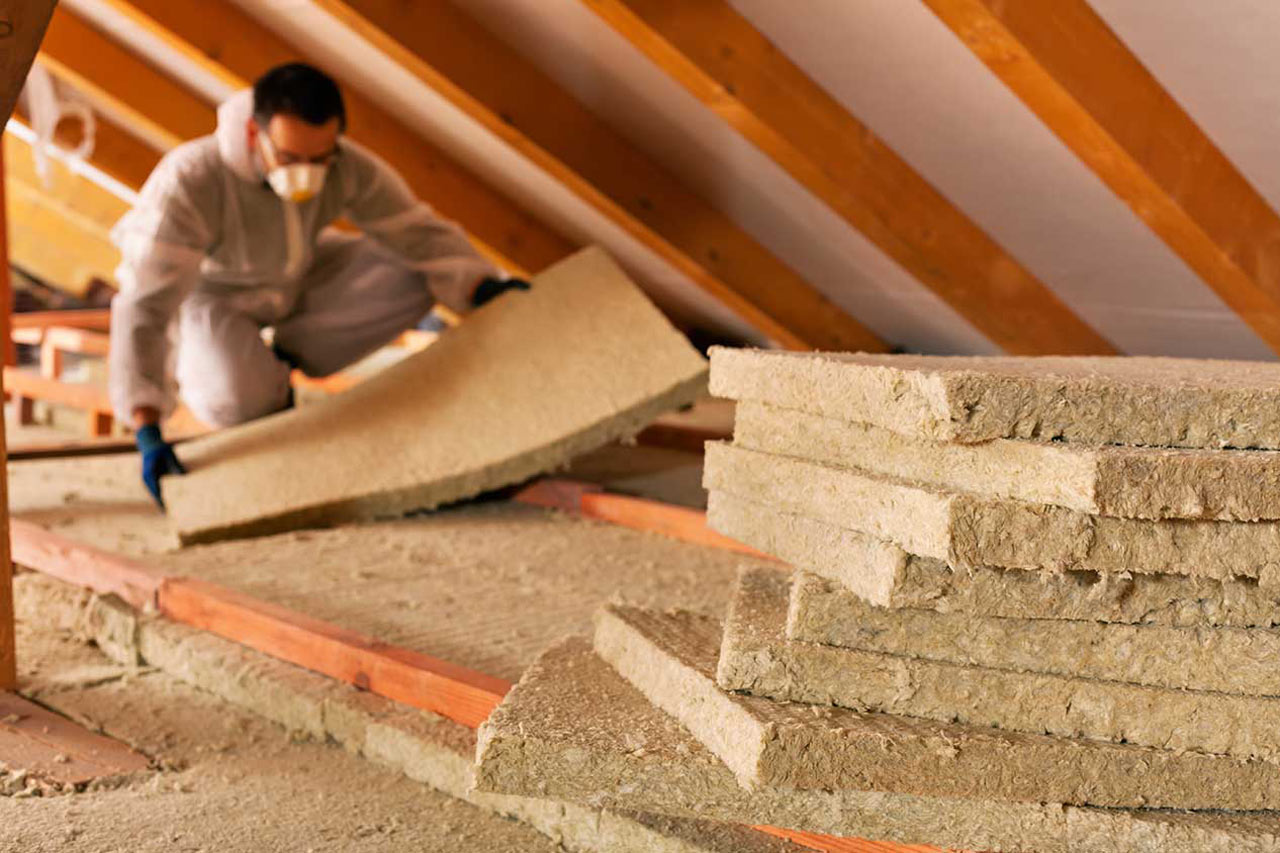
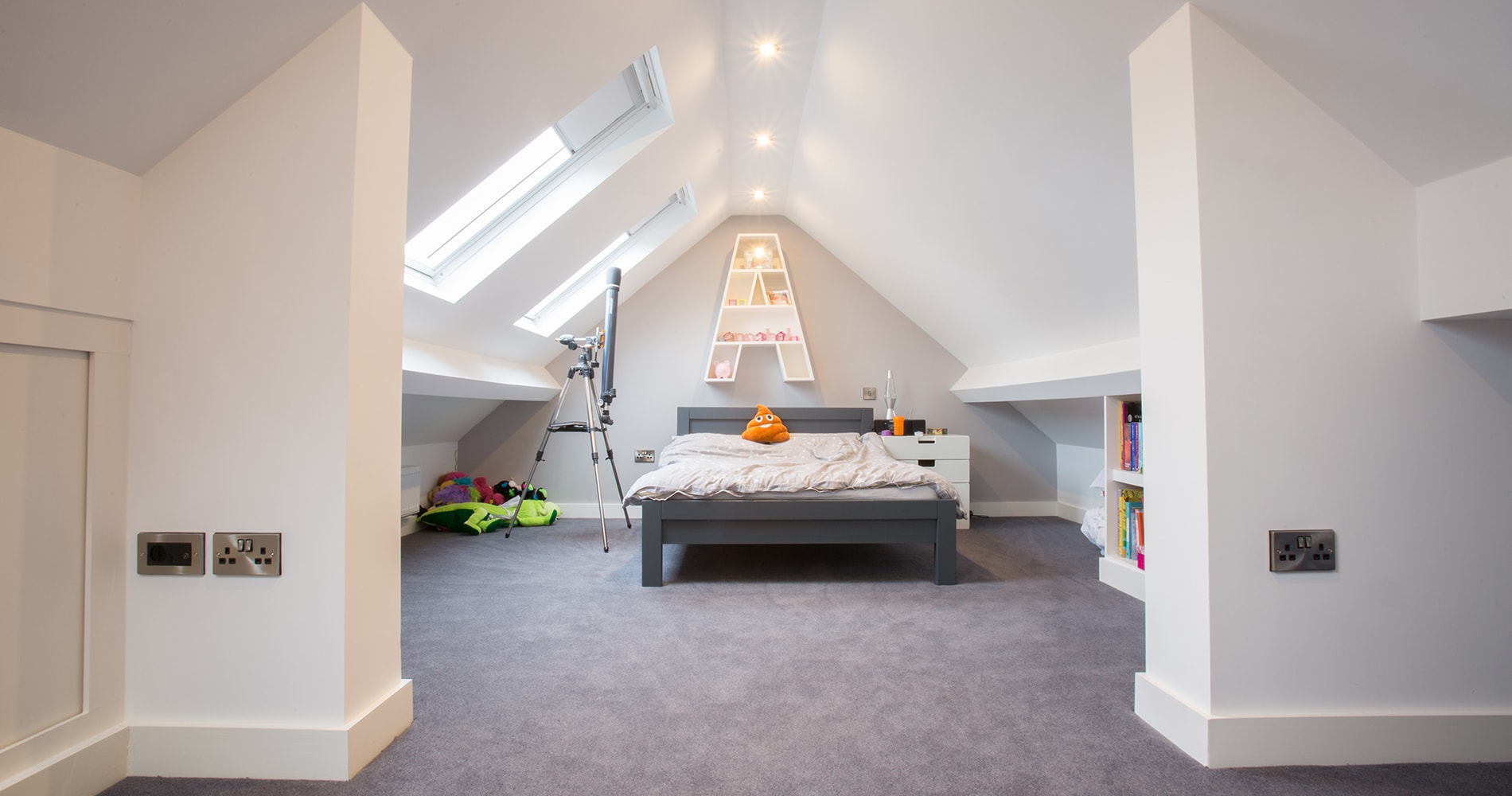
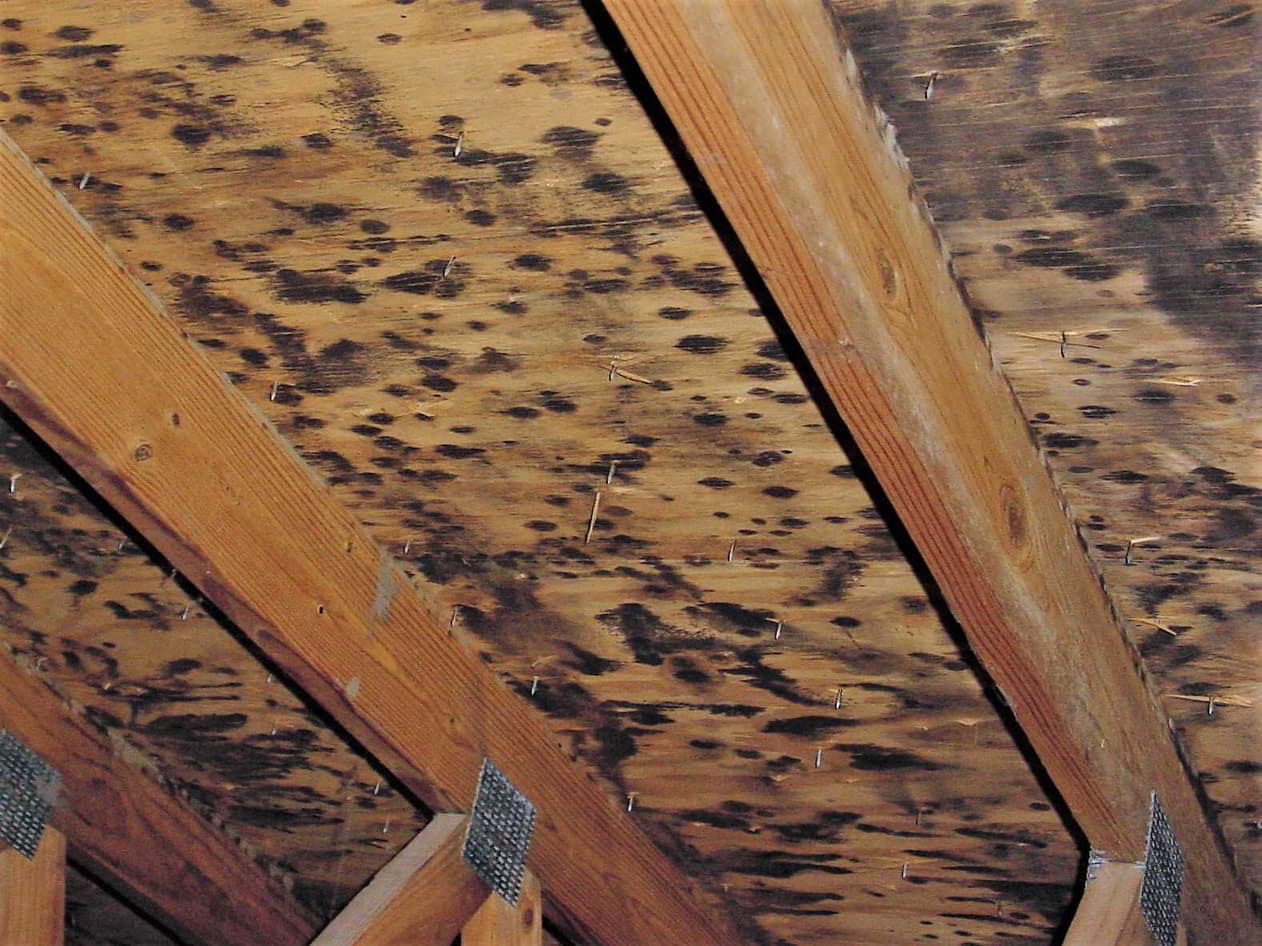
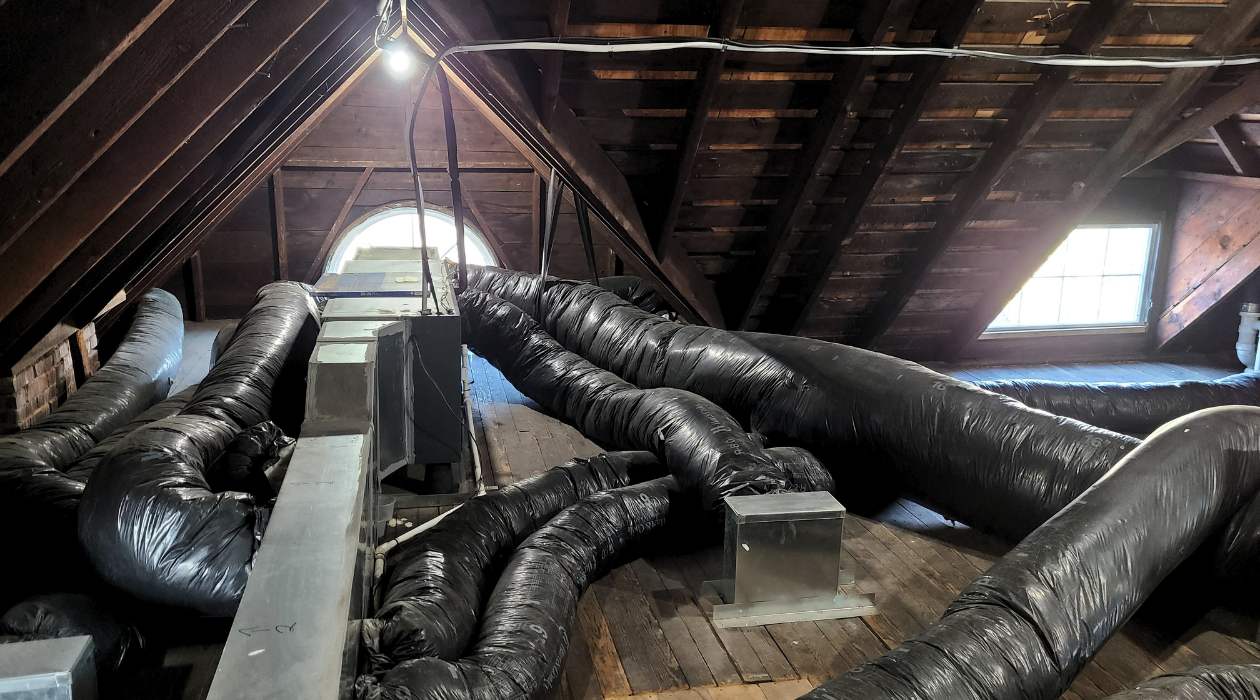
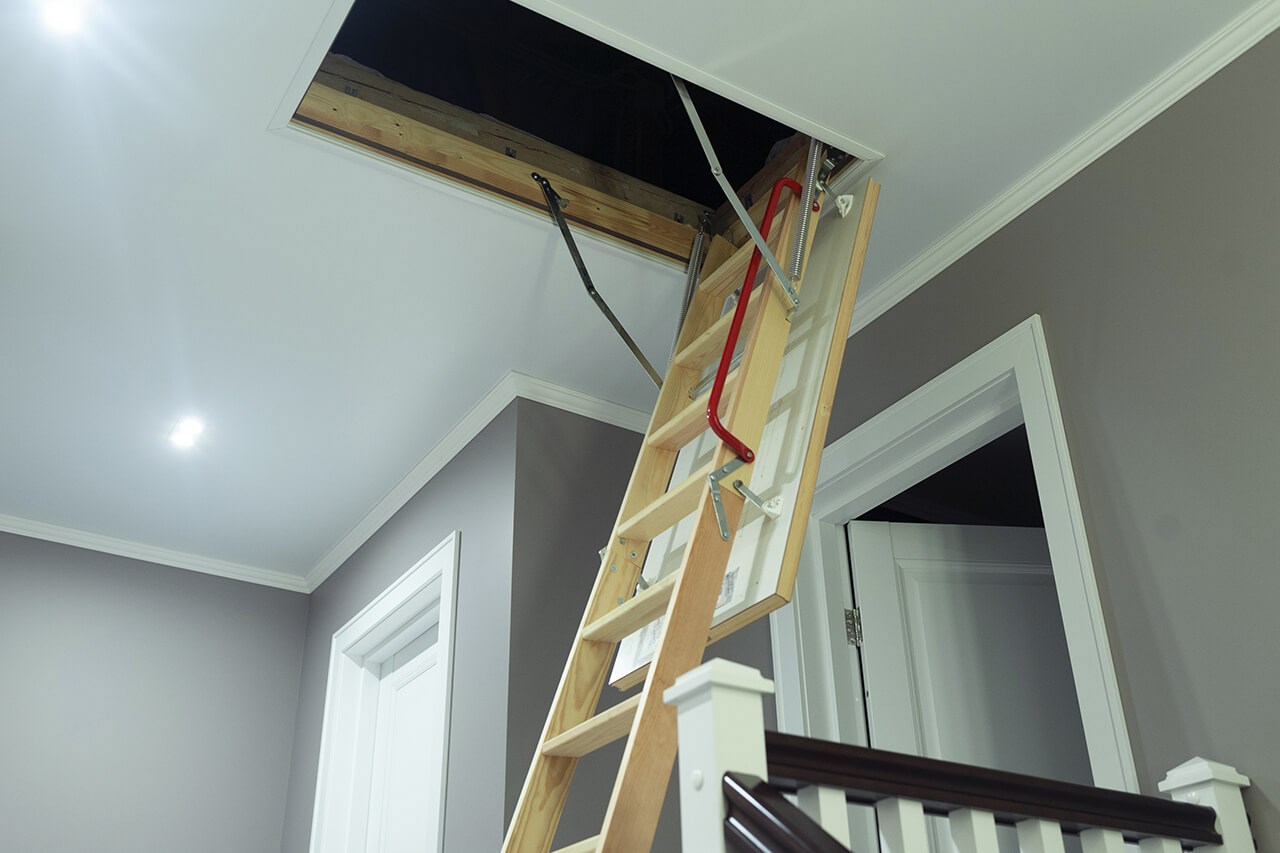

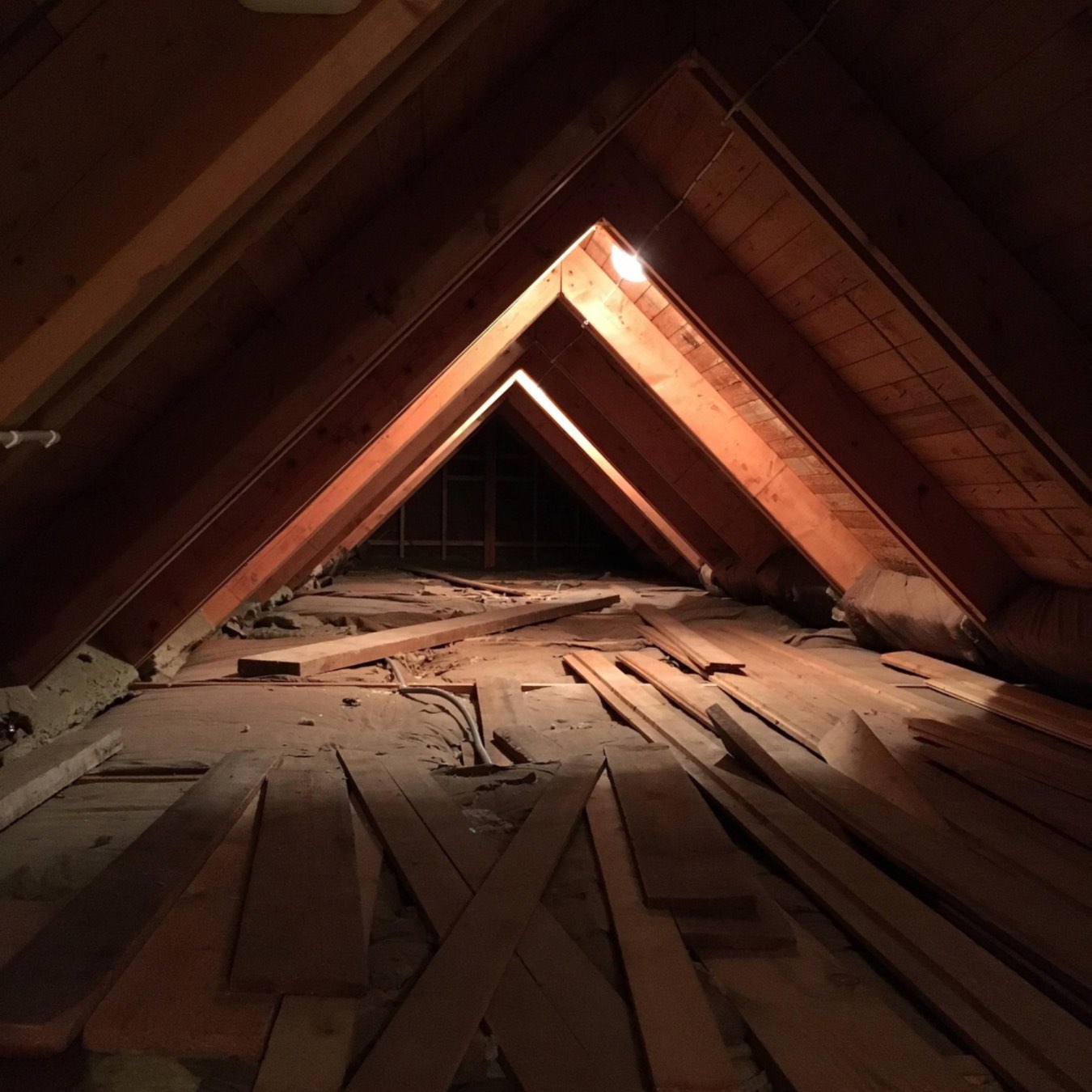
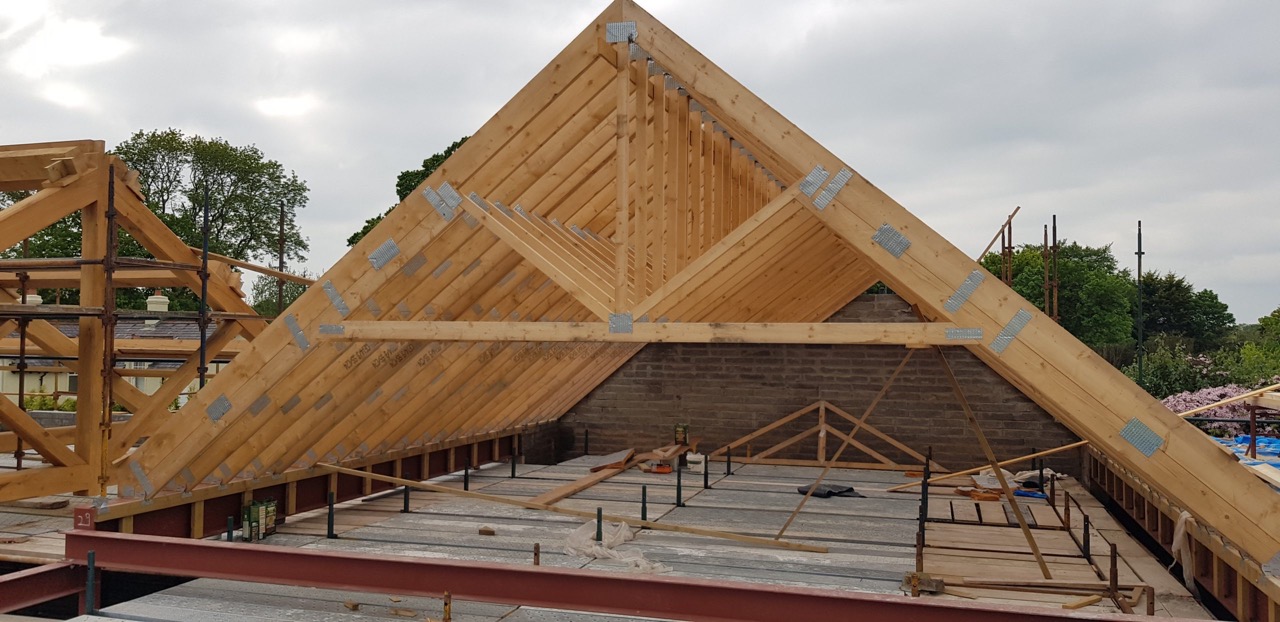
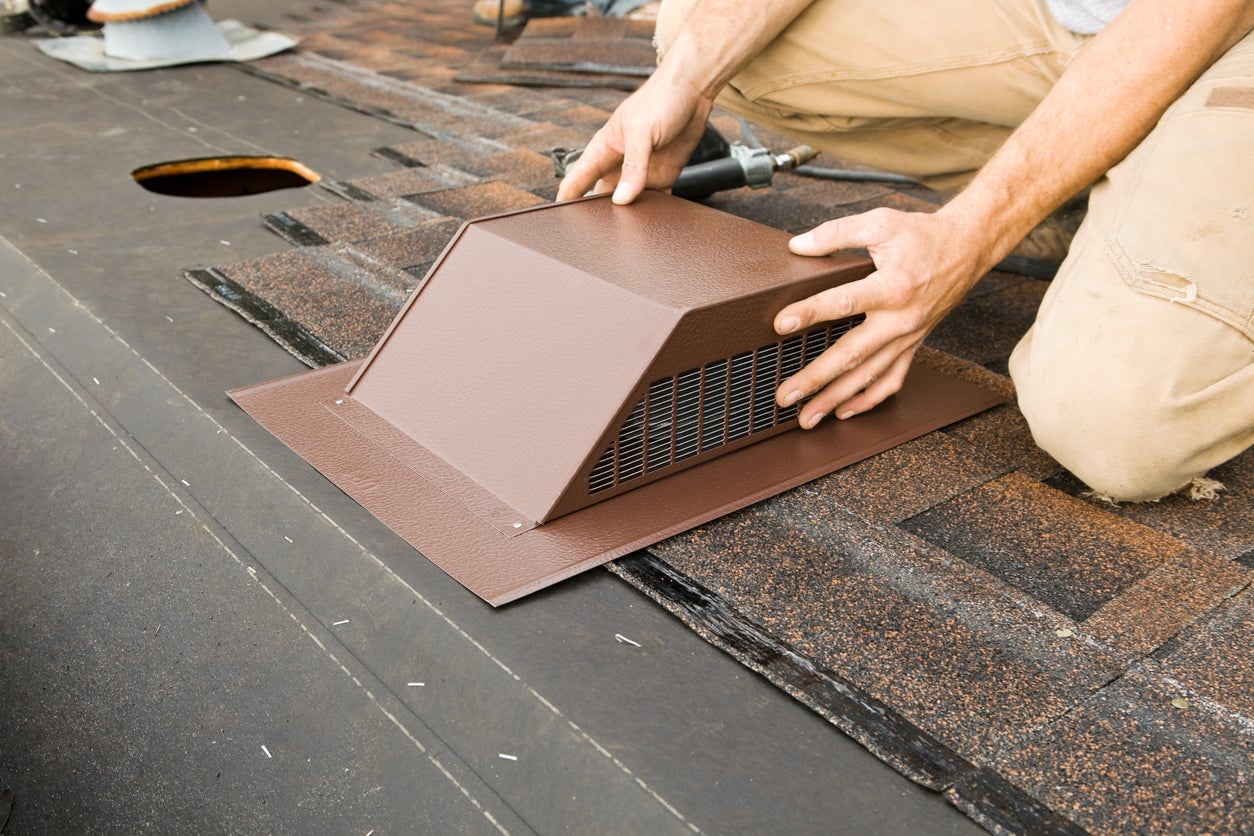

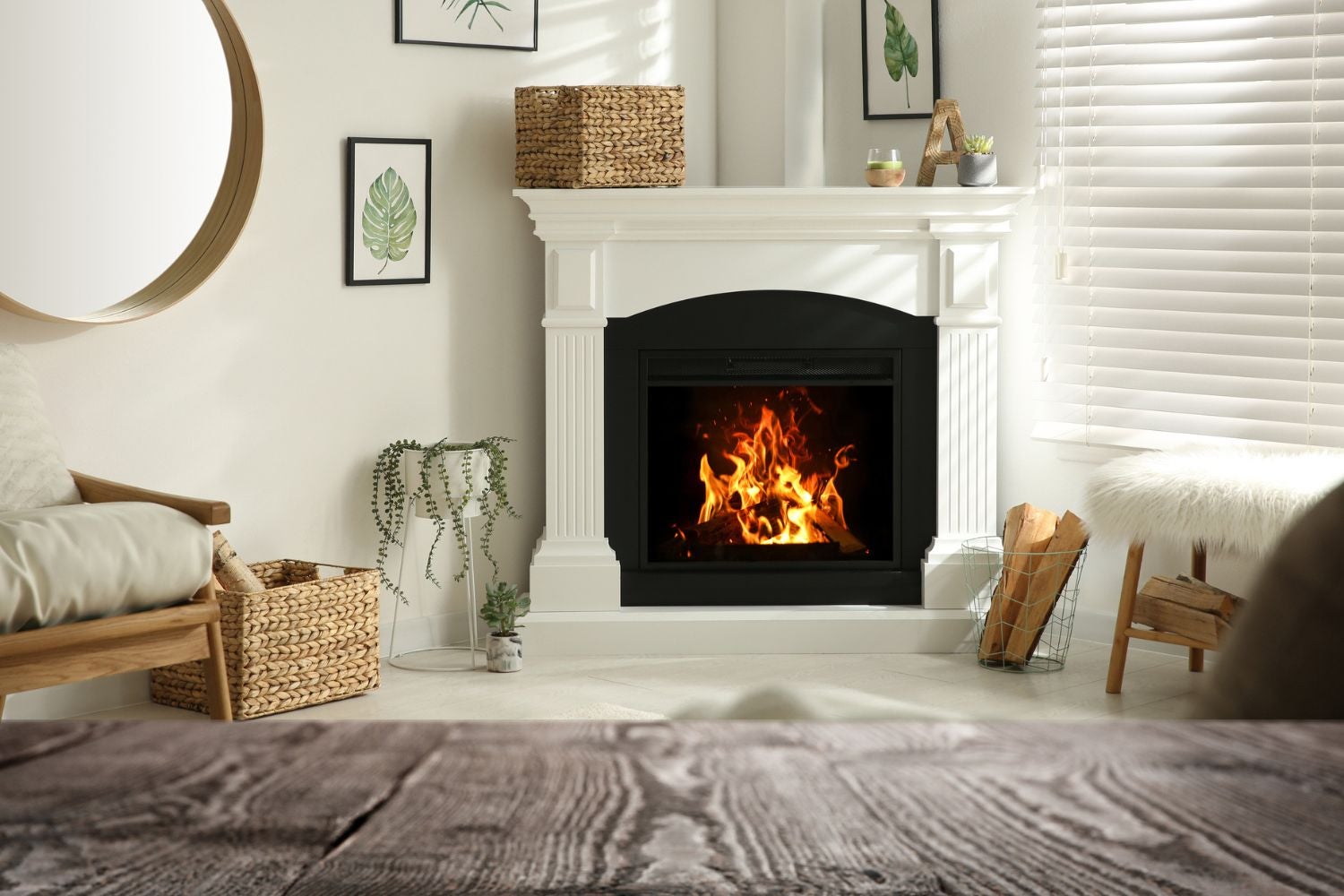
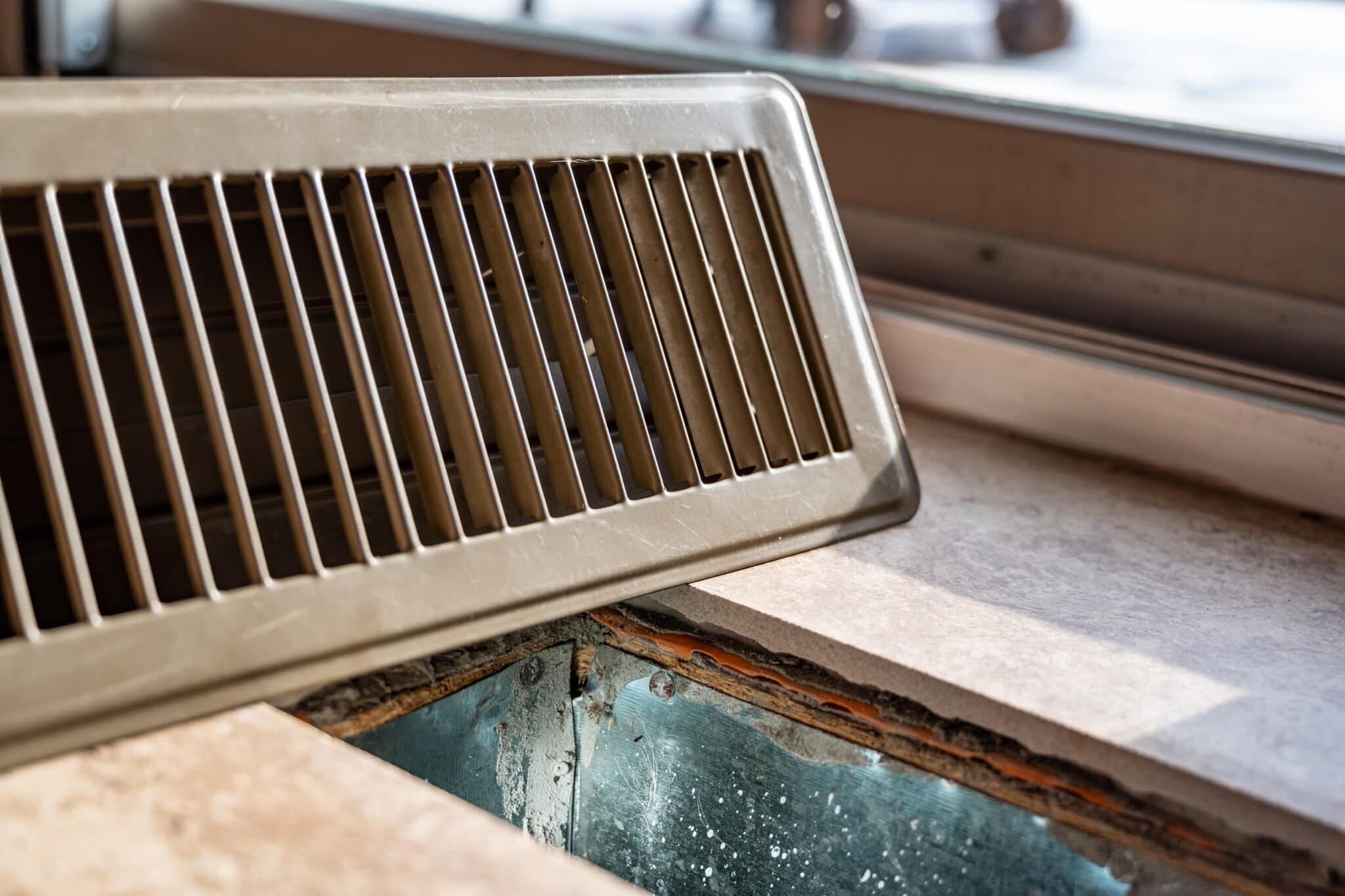
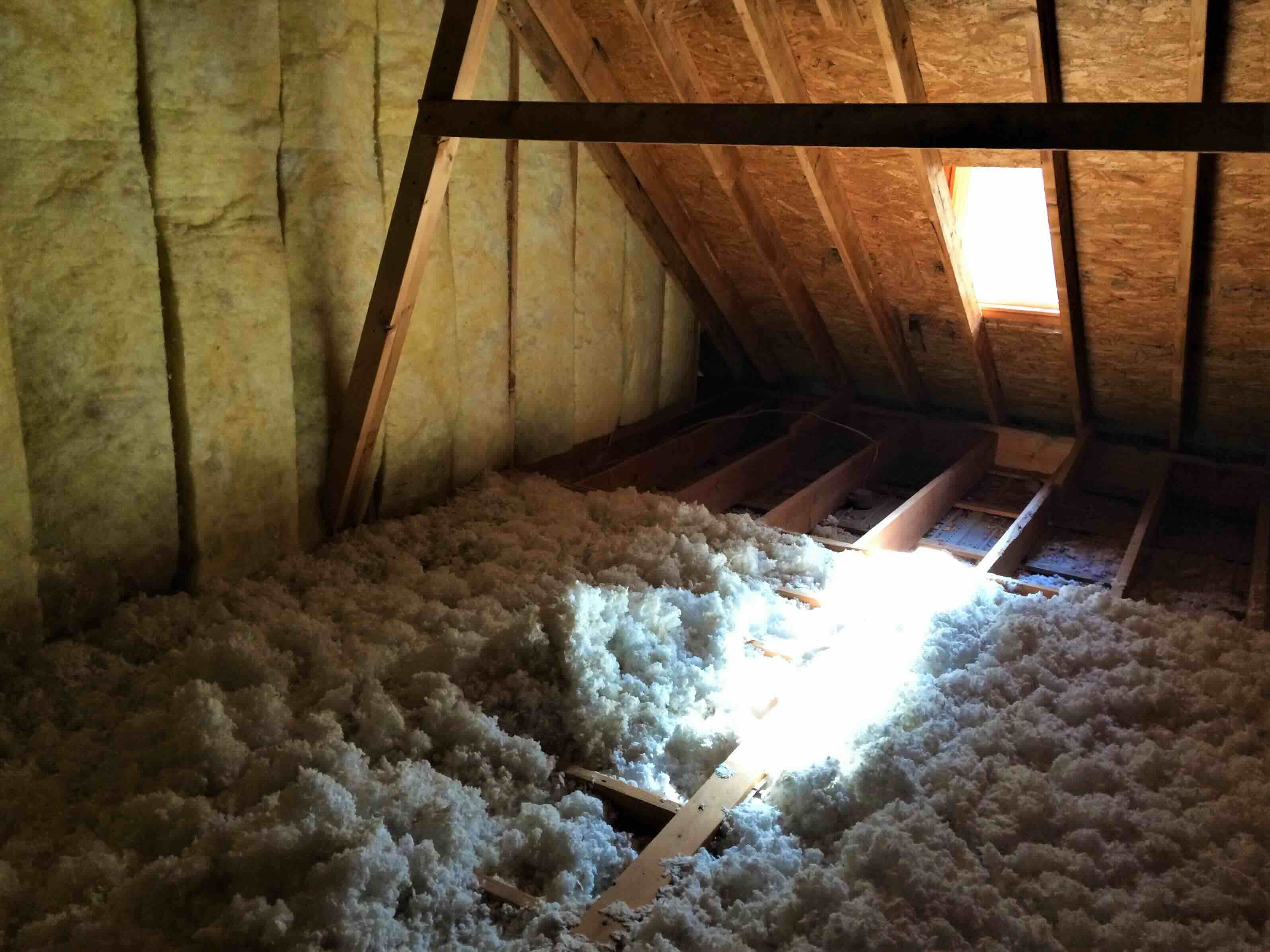

0 thoughts on “How Much Does Mold Removal Cost In Attic”